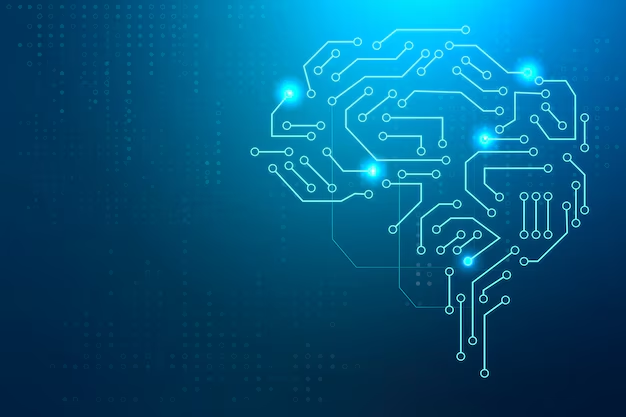The combination of Artificial Intelligence (AI) and Machine Learning (ML) with Agile development has changed how software is built, making the process faster, smarter, and more efficient. Agile, known for its flexible and iterative approach, is a great fit for using AI and ML, which helps teams make better decisions, improve workflows, and deliver high-quality software more quickly.
Smarter Decision-Making
AI and ML can help teams make more informed decisions by analyzing large amounts of data and finding patterns. In Agile projects, teams need to decide which tasks to prioritize, how to allocate resources, and how to manage project timelines. AI can predict which features or tasks will have the most impact, helping teams focus on the most important work. Additionally, AI can spot potential problems in a sprint, allowing teams to fix issues before they slow things down.
ML models can also help predict risks in a project by analyzing past performance data. For example, AI can look at how fast a team completes work, how often they meet deadlines, and how many bugs they find, offering insights into potential delays. This helps teams address issues early on, keeping the project on track.
Automating Repetitive Tasks
Agile teams often deal with repetitive tasks like testing, code reviews, and finding bugs. AI and ML can automate many of these tasks, saving time and effort. For example, AI tools can automatically generate test cases, run tests, and even fix some bugs. This lets developers focus on solving more complex problems.
AI can also help with code reviews by checking for coding standards and spotting issues like security risks or bad practices. This speeds up the review process, improves code quality, and helps the team avoid technical debt while ensuring that the code remains clean and functional.
Better Agile Estimations
Estimating how long tasks will take is one of the trickiest parts of Agile. AI and ML can improve these estimates by analyzing data from previous sprints. By learning from past projects, AI can provide more accurate predictions for how long current tasks will take, helping teams plan their work and manage resources better.
For example, AI can look at how long similar tasks took in the past, adjust for factors like team capacity and complexity, and give a more realistic estimate for the work ahead. This leads to more accurate planning and fewer surprises during the sprint.
Improving Agile Retrospectives
Agile retrospectives are key to continuous improvement. AI can enhance these retrospectives by analyzing past performance in detail. AI tools can collect feedback, detect patterns in team behavior, and suggest areas for improvement that may not be immediately obvious.
For example, if AI notices that a team’s performance dips after certain tasks, it can recommend changes to workflows or suggest better tools or training to solve the problem. AI’s insights can help teams find better ways to work together and keep improving over time.
Continuous Learning and Adapting
AI and ML work best in environments that support continuous learning, which is central to Agile. As AI systems work alongside Agile processes, they improve over time, learning from the team’s unique working style. This creates a positive feedback loop, where AI enhances Agile practices, and Agile teams give AI more data to improve its predictions and automation.
Conclusion
Incorporating AI and ML into Agile development brings many benefits, such as smarter decision-making, automation of routine tasks, better estimates, and improved retrospectives. This powerful combination helps teams build better software faster, allowing them to deliver high-quality products in less time. As more companies adopt AI and ML in Agile practices, software development will continue to evolve and become more innovative.
“🚀Want to make your resume AI-proof? Get it done for just ₹99! click here.🚀”










